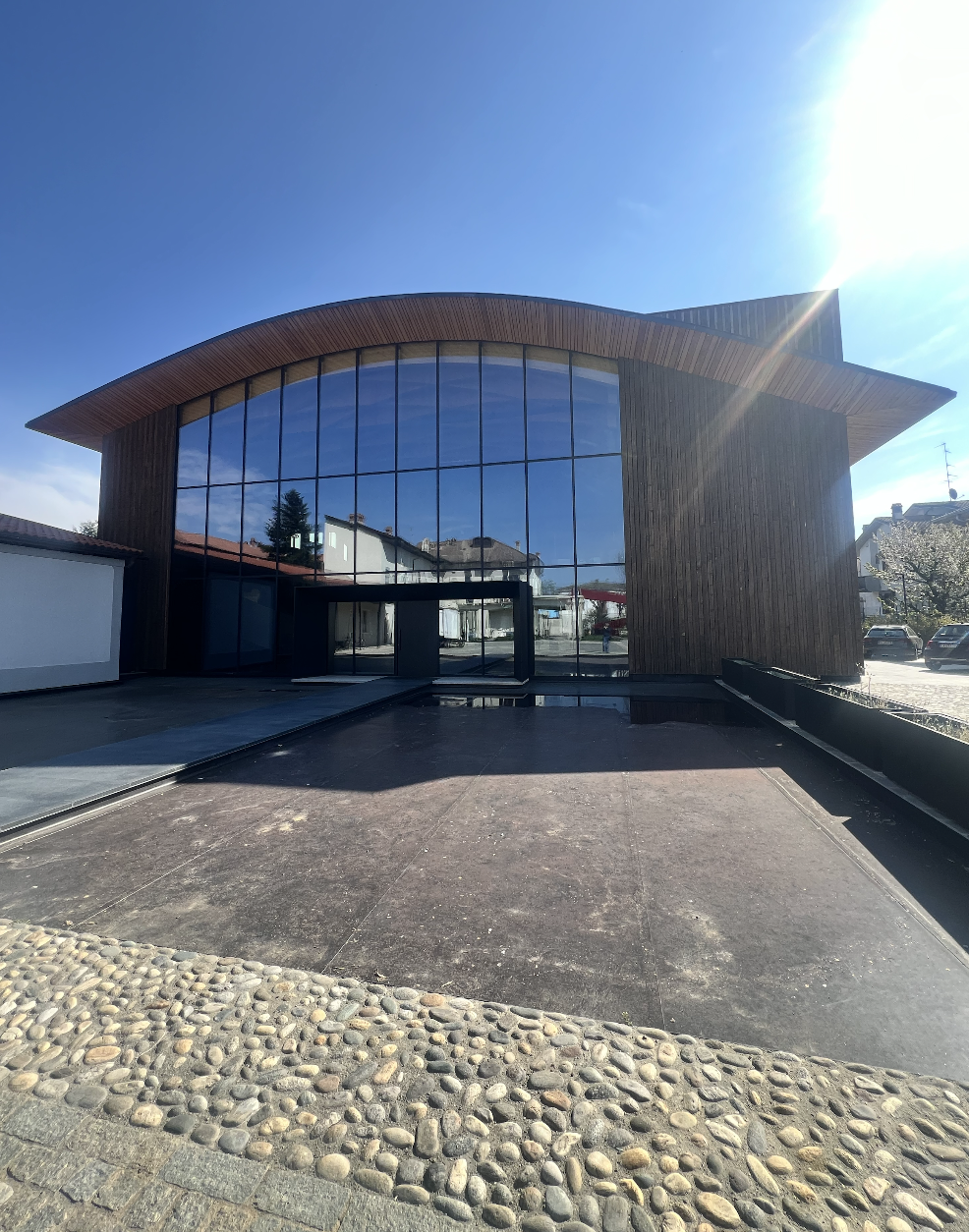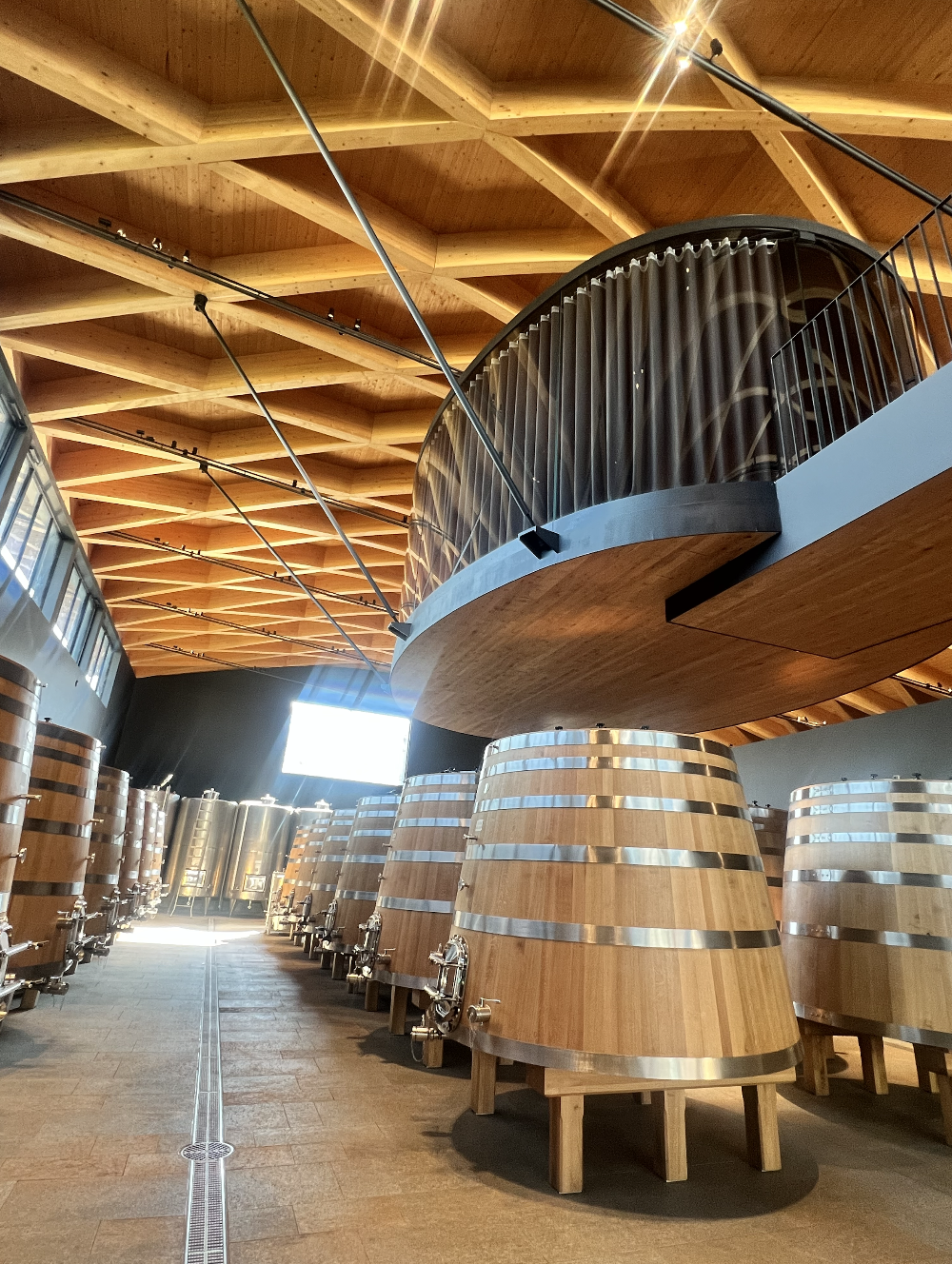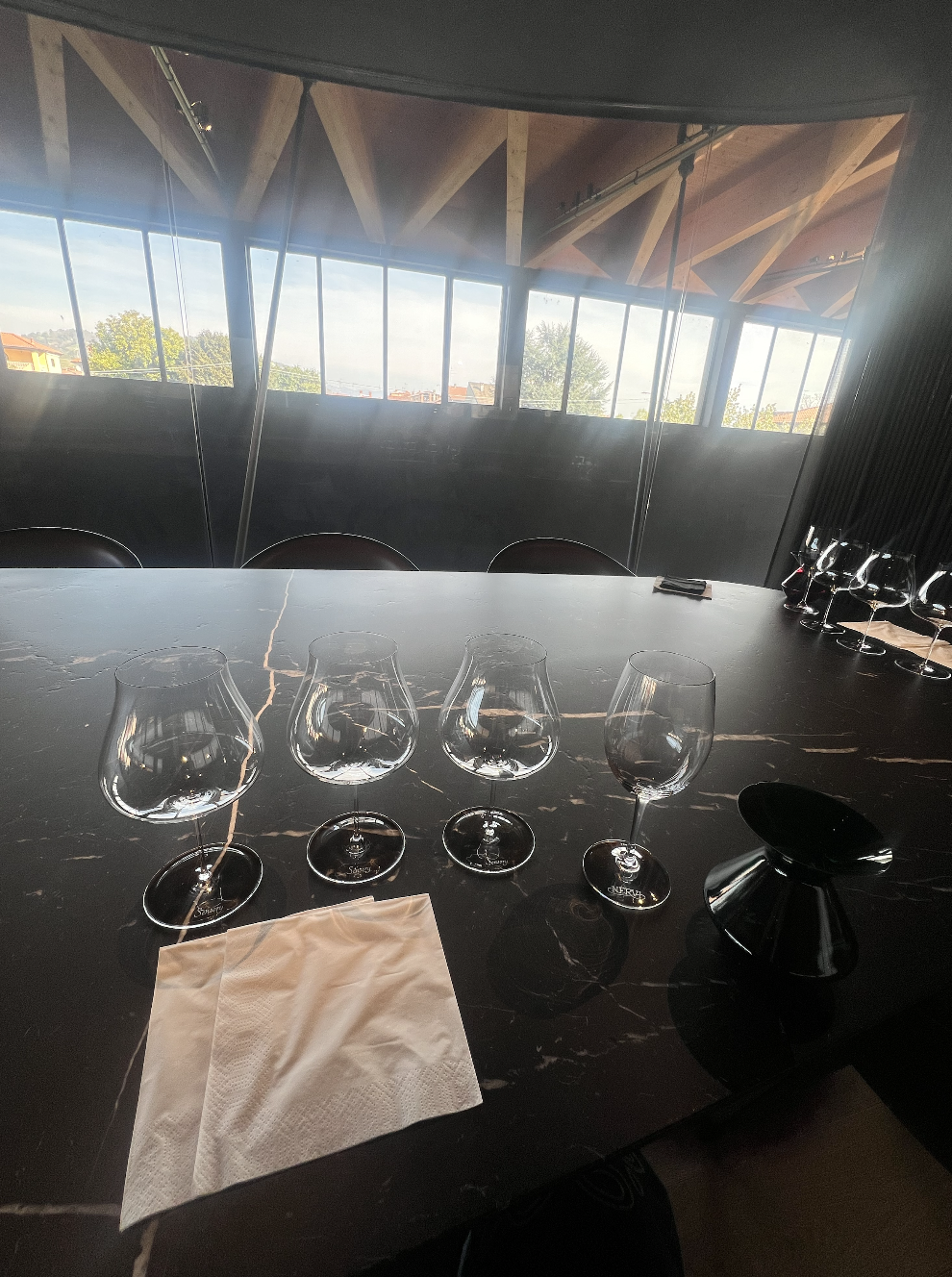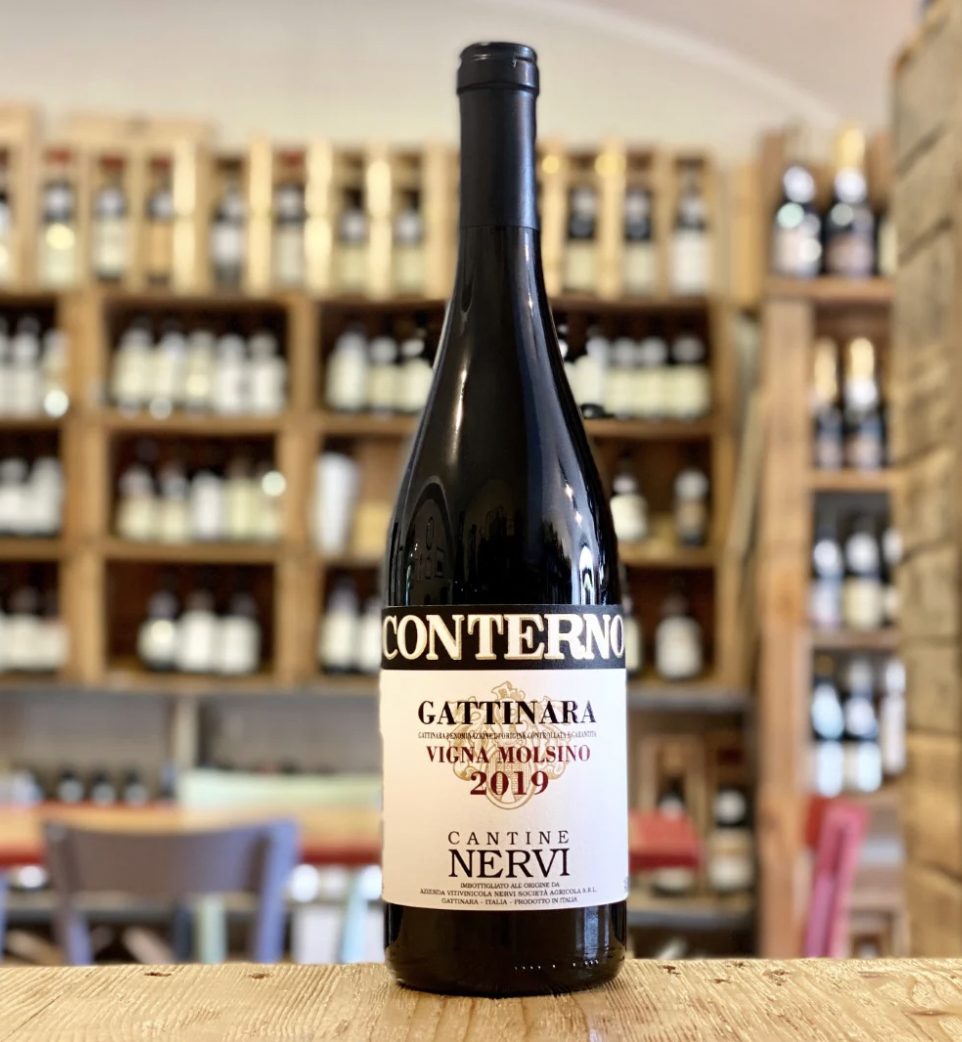Nervi Conterno's Top Crus: Vigna Molsino og Vigna Valferana
The tannins in the Nervi wines generally feel softer and smoother than those in Giacomo Conterno’s Barolo wines, likely due to the more mineral-rich volcanic soils of Gattinara. Both wines are aged for 48 months in large botti.
Nervi Conterno Vigna Valferana 2021
On the nose, Valferana presents itself as the more open and expressive of the two. It is undeniably charming, with a floral-driven aromatic profile: violets, rose petals, and orange blossom, intertwined with delicate, sweet red berries — particularly strawberry bursting out of the glass. The bouquet offers an lively ethereal sensation wrapped in the most light, airy elegance, I could think of when it comes to Nebbiolo.
On the palate, however, Vigna Valferana reveals a deeper, more structured side. The fruit turns a bit darker, with notes of ripe cherry and balsamic undertones. Though it shares the same volcanic soil as Molsino, Valferana expresses a distinctly iron-rich character — with a subtle, sanguine note and a saline minerality reminiscent of salted liquorice. It’s a wine of great aromatic range, showing an intriguing contrast between the lift of the nose and the depth and intensity of the palate.
Nervi Conterno Vigna Molsino 2021
With a different exposition, Nervi's Molsino vineyard is particularly influenced by the cold alpine winds descending from the nearby Monte Rosa glacier. And thus it was no surprise to me that Vigna Molsino feels more vertical on both the nose and palate. The nose opens with a pronounced mineral character, deep and focused. Yet the wine is far from austere: rising through the glass with wild forrest berries, fresh herbs, and a touch of sweet liquorice.
On the palate, the tannins are almost powder-fine, revealing themselves with impressive precision; initially felt on the tip of the tongue, then slowly moving to your gums. The wine is juicy and vibrant, led by ripe cherry, followed by some cassis and subtle hints of dried fruit. With time and oxygen in the glass, the nose evolved further, allowing the fresh, aromatic herbs to come even more clearly into focus. This wine is really speaking of depth and earthyness, whereas Valferana speaks the lifted, more perfumed, red fruit-driven soul of Nebbiolo.
*photo courtesy of www.Ilvinoso.com



